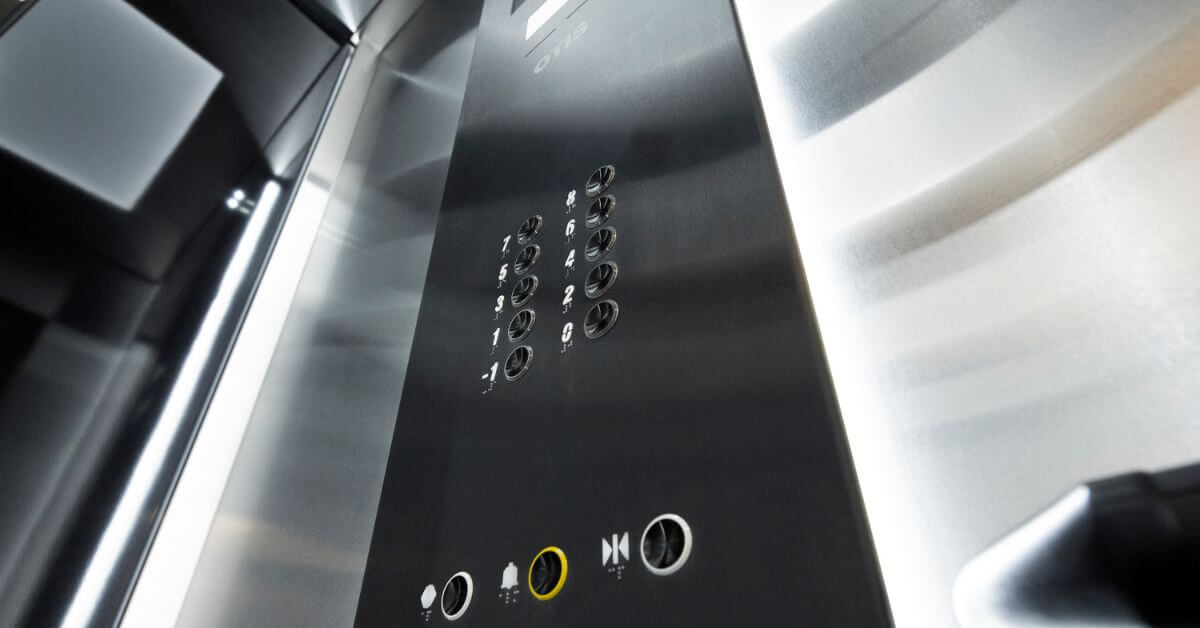Budget Friendly Lift Repair Near Me: Expert Technicians at Your Service
Budget Friendly Lift Repair Near Me: Expert Technicians at Your Service
Blog Article
Looking Into the World of Elevators: Typical Issues Dealt With by Numerous Lift Systems
As we browse via the vertical transport systems of contemporary structures, elevators stand out as a vital component of our daily lives. From hydraulic elevators to traction systems and machine-room-less styles, each lift kind comes with its set of typical concerns.
Hydraulic Lifts
Hydraulic elevators, commonly preferred for low-rise buildings, use fluid pressure to manage the motion of the lift vehicle (lift repair companies). This system includes a hydraulic pump pressing oil right into a cylinder, causing the lift to relocate in the wanted instructions. While hydraulic lifts are known for their smooth and silent procedure, they do feature their very own collection of typical concerns
One common trouble with hydraulic lifts is oil leak. The seals in the hydraulic system can wear with time, resulting in oil seepage. This not just produces a mess however can likewise impact the elevator's performance if left unaddressed. Additionally, concerns with the control system, such as faulty valves or a malfunctioning pump, can trigger disruptions in the lift's movement.
Routine maintenance and prompt fixings are essential to ensure the smooth performance of hydraulic elevators. By attending to these typical issues proactively, structure owners can decrease downtime and make sure the security and efficiency of their vertical transport system.
Traction Lifts
When taking into consideration vertical transport systems in buildings, another common kind apart from hydraulic lifts is the traction lift. Traction elevators run using a system of ropes and weights that relocate the lift cars and truck by grasping onto the hoist ropes. This device permits smoother and much faster upright transportation compared to hydraulic systems.
One of the common problems faced by grip lifts is rope wear. The constant activity of the ropes within the traction system can cause damage over time, potentially triggering the lift to malfunction or end up being dangerous for usage. Routine inspections and maintenance of the ropes are important to make certain the elevator's correct performance and safety and security.
Another problem that grip elevators may come across is related to the control system. Issues with the control system can bring about issues such as irregular activity, hold-ups in response times, or perhaps total closures. Normal screening and maintenance of the control system are vital to avoid such concerns and make sure the lift's integrity.
Machine-Room-Less (MRL) Lifts

Among the key elements of MRL elevators is the small gearless traction maker that is installed within the hoistway. This equipment effectively drives the elevator auto without the requirement for bulky devices found in typical grip elevators. In addition, MRL elevators generally utilize a weight system to balance the auto, additional improving their energy efficiency.
Despite their advantages, MRL elevators might encounter challenges associated to repair and maintenance due to the restricted space for tools installment. Ease of access for servicing elements within the shaft can be restricted, calling for specialized training for technicians. Proper maintenance routines and routine assessments are crucial to ensure the continued smooth operation of MRL elevators.
Overloading and Weight Limitation Issues
Straining and weight limitation problems are important concerns in elevator procedures. Elevator producers design raises with details weight abilities best site to guarantee passenger safety and tools durability.
When elevators are strained, it puts too much strain on the motor, cables, and various other components, possibly triggering malfunctions or breakdowns. Safety mechanisms such as sensors and overload sensing units are in area to stop elevators from relocating if they find excess weight. In addition, exceeding weight restrictions can result in raised energy intake and deterioration on the elevator system.
To mitigate straining issues, constructing supervisors need to prominently display weight limits in elevators and educate residents on the importance of adhering to these constraints - lift repair companies. Normal upkeep checks by certified technicians can additionally help make sure that lifts are operating within risk-free weight criteria. By dealing with overloading and weight limitation concerns proactively, building owners can improve lift safety and security and efficiency
Electrical System Failures
Going beyond weight restrictions in lifts can not just lead to mechanical problems however likewise potentially contribute to electric system failings within the lift facilities. Electrical system failures are an essential problem in lift operation, as they can cause unforeseen shutdowns, malfunctions, or also security risks.
Furthermore, power surges go right here or fluctuations in the electrical supply can additionally interrupt the elevator's procedure, impacting its performance and safety and security. These electrical disturbances can harm sensitive lift elements such as control panels, circuit boards, or sensing units, resulting in system failings. Normal upkeep and inspections are critical to determine and deal with possible electric concerns promptly, making sure the effective and secure operation of lift systems. By adhering to weight restrictions and carrying out routine electrical system checks, structure owners can minimize the risk of electric failures in lifts.
Verdict

Hydraulic elevators, usually chosen for low-rise buildings, use fluid stress to control the motion of the lift cars and truck.When thinking about upright transportation systems in buildings, another common type apart from hydraulic elevators is the traction lift. Grip elevators operate using a system of ropes and counterweights that relocate the lift automobile by clutching onto the try here hoist ropes. Unlike conventional lifts that require a separate machine area to house the equipment, MRL elevators incorporate many of the components within the shaft, getting rid of the demand for a devoted equipment room.In final thought, elevators deal with typical issues such as hydraulic breakdowns, traction system failings, and electric system troubles.
Report this page